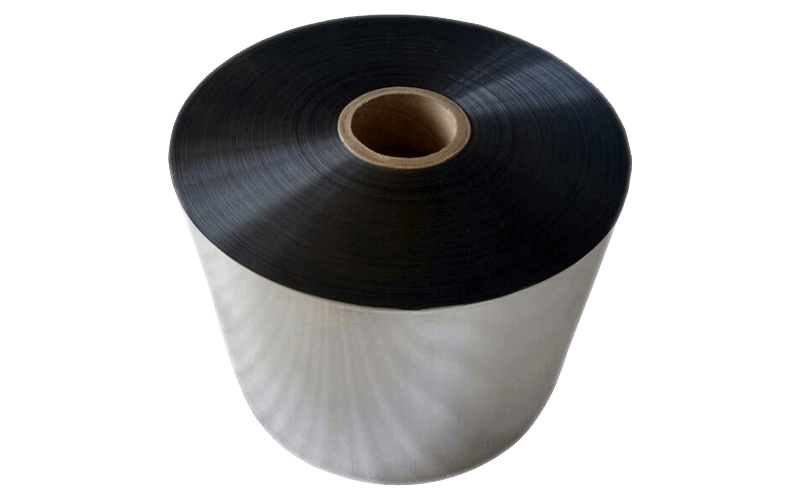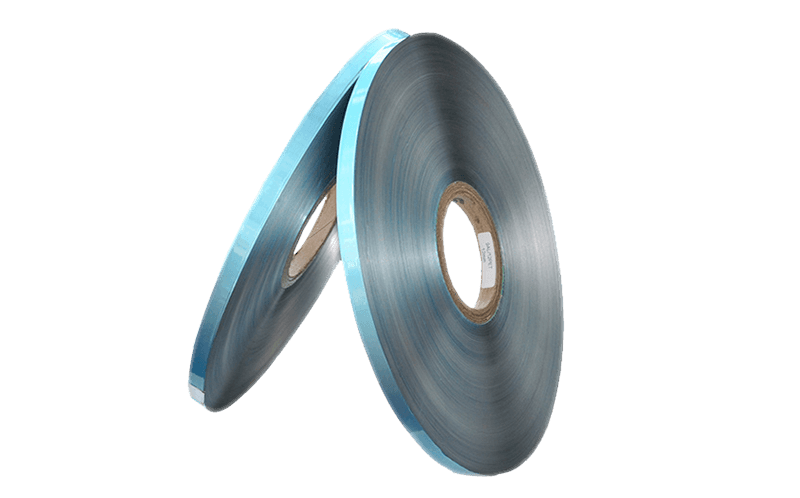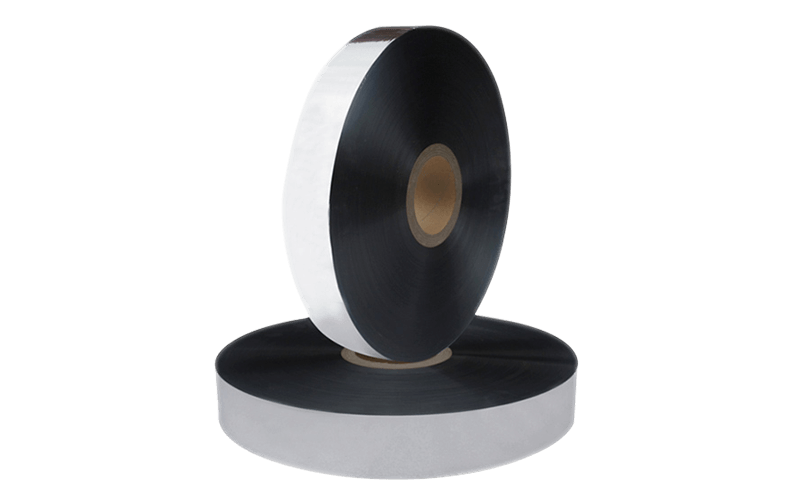All plastic breaths a small amount, even food storage b […]
All plastic breaths a small amount, even food storage buckets flexible duct tape and containers. If you want the best use food-grade mylar bags, which cuts this air transfer down to almost nothing. Our mil thick mylar bags have a middle layer of aluminum and different plastic layers on the inside and outside designed for a wide range of products including long term food storage. Watch out, they are NOT simply metalized polyester that others may offer in the range that you can actually see through if you hold it up to the light. What is the point in buying a mylar bag if light can still get through it? It's unnecessary since we sell our for less than most others sell their. For all practical purposes they are light proof, oxygen proof, air proof and water proof.
These bags are strong enough to hold a partial vacuum, the main reason, in my opinion, you need them if you are going to use oxygen absorbers and plastic buckets. This is because the buckets will let in oxygen over time for starters, and as the oxygen absorbers absorb the oxygen in the container they don't put anything back in, but rather create a partial vacuum about of the residual air volume in is removed. If you didn't use mylar bags, your bucket would collapse instead of the bag if you stack more than 1 bucket high in your storage area. The buckets just aren't strong enough to hold this vacuum without being seriously deformed. However, mylar bags can even though they are thin. For those wanting the very best, these bags will protect your food inside the bucket even if for some reason the lid on the bucket didn't make an airtight seal which can also happen.
Several people have ask me if they can store food in these bags without putting them in a protective bucket or rigid container. The answer is no, because they are not in the least bit puncture resistant think rodents. They really need that bucket or other food-grade container for support. The mylar bags we sell fit a or gallon plastic bucket perfectly. Before you start your operation, you may wish to cut a bag into strips beforehand to test making a few seams in order to get the temperature set correctly on your iron. You want to get the temperature of the iron set so after the bag is ironed closed you can't pull the bag open without destroying the bag. It is also easy to get the temperature set too high which destroys the strength of the bag.
It is also possible to set the iron temperature too cool, where the bag looks like it is sealed but the seam can still be pulled apart fairly easily. Watch out for voids as well which can be deceiving. With our clothes iron at home, the wool setting usually works great for thinner bags in the 3.5-4.3 mil range, but we've found with our thicker food-grade 5.4 mil bags you have to set it on a high setting to get a propper seal. However, as not all irons are the same, you ought to make a test strip or two to be sure. I picked up an iron at Target for $12 and set it on a "high" setting and it outperforms some of their top of the line ones for $60 or even $85. Even though I have not tried the Eurosealer myself, I've been told it also works great in sealing these bags but can be tricky as well since the mylar bags are completely flat.



